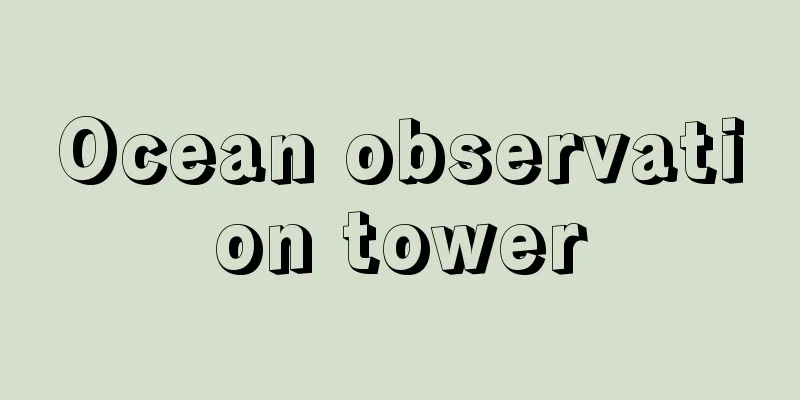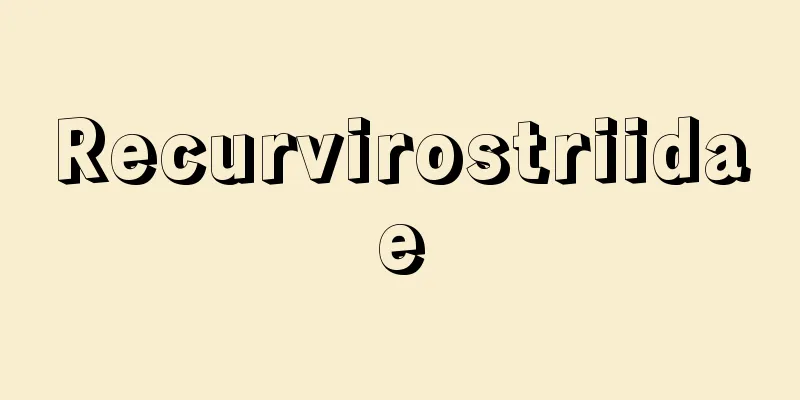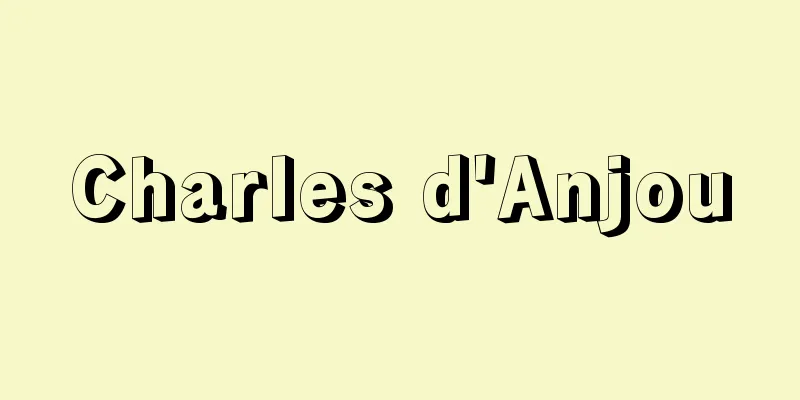Pseudo-revolutionary dictatorship -

|
...F. Neumann also distinguishes between dictatorships based on the political reality of dictatorship, which is the ``seizing of all political power through force,'' and these are divided into ``simple dictatorships,'' in which a small number of people concentrate control over traditional means of control such as the military, police, bureaucracy, and judiciary; ``Caesarean dictatorships,'' which are established against the backdrop of an individual's charismatic popularity with the masses; and ``totalitarian dictatorships,'' which infiltrate into the private lives of citizens through control of the mass media and the economy. G. Hallgarten, who focused on the socio-economic foundations of dictatorship, defined dictatorship as "the rule of an individual through the use of force, based on the so-called divine mandate of the ruler, rejecting both law and tradition, and supported by a broad mass of people who are driven to action by a social crisis or revolution." He compared dictatorships throughout history and around the world, and concluded that: (1) "classical dictatorship" arose during the heyday of the monetary economy when a new ruling class rose to power against the rule of traditional monarchs and aristocrats (tyrants in ancient Greece, Caesar in ancient Rome, Cromwell in the English Revolution, Napoleon in France, and the 20th century) (2) ultra-revolutionary dictatorships in which a committee of revolutionaries exercises oppressive rule against the backdrop of a popular uprising (such as the Jacobins and Robespierre of the French Revolution, and the Bolsheviks and Lenin of the Russian Revolution); (3) counter-revolutionary dictatorships organized by traditional ruling classes in opposition to classical dictatorships (such as Sulla in ancient Rome and Franco in 20th-century Spain); and (4) pseudo-revolutionary dictatorships organized by mass movements of the middle class that are dragged down by tradition under the threat of ultra-revolutionary dictatorships (such as Italian Fascism and German Nazism). Here, the crisis of the old ruling system due to changes in social structure is considered to be a necessary condition for the establishment of a dictatorship. *Some of the terminology explanations that refer to "pseudo-revolutionary dictatorship" are listed below. Source | Heibonsha World Encyclopedia 2nd Edition | Information |
|
…またF.ノイマンは〈実力による全政治権力の掌握〉という独裁の政治的実態に即して,軍,警察,官僚,司法等の伝統的支配手段を少数者が集中的に掌握する〈単純独裁〉,個人の大衆に対するカリスマ的声望を背景として成立する〈カエサル的独裁〉,マス・メディアや経済統制を通じて市民の私生活にまで入りこむ〈全体主義的独裁〉を区分する。独裁の社会経済的基盤に注目したG.ハルガルテンは,〈一個人の力ずくの支配であって,支配者の称する天命に立脚し,法律と伝統を共に拒否し,社会危機ないし革命によって行動に駆り立てられた広範な大衆に支持されているもの〉と独裁を定義して,古今東西の独裁を比較検討することにより,(1)貨幣経済の最盛期に伝統君主や貴族の支配に対し新興支配層が勃興してくることから生じる〈古典独裁〉(古代ギリシアの僭主政,古代ローマのカエサル,イギリス革命のクロムウェル,フランスのナポレオン,20世紀ラテン・アメリカ諸国の独裁など),(2)大衆の蜂起を背景とし革命家の委員会が強圧的支配をおこなう〈超革命独裁〉(フランス革命のジャコバンとロベスピエール,ロシア革命におけるボリシェビキとレーニンなど),(3)古典独裁へ対抗して伝統的支配層が組織する〈反革命独裁〉(古代ローマのスラ,20世紀スペインのフランコなど),(4)超革命独裁の脅威のもとで伝統にひきずられた中産階級の大衆運動により組織される〈擬似革命独裁〉(イタリア・ファシズム,ドイツ・ナチズムなど)を類型化した。ここでは,社会構造変化にともなう旧来の支配体制の危機が,独裁成立の要件として着目されている。… ※「擬似革命独裁」について言及している用語解説の一部を掲載しています。 出典|株式会社平凡社世界大百科事典 第2版について | 情報 |
<<: "Illustration of Wei's Musical Instruments"
>>: "Wei's Music Score" - Gishigakufu
Recommend
Twenty-four wholesalers - Nijyuyokumi Donya
Also called the 24 Osaka Hishigaki Kaigan Shipping...
Scientific knowledge
...Knowledge, therefore, can be said to mean more...
Horse weevil - Horse weevil
A general term for insects belonging to the family...
Nouveau Christianism (English spelling)
In his works The Organiser (1819) and The Industr...
amaurotic familial idiocy
…It is also called sokohi. Currently, it is not u...
Priest - Soukan
The role of supervising monks and nuns and cracki...
Inokashira Waterworks
…Edo's water supply. Also called Inokashira W...
American Revolution
...During this time, attempts were made to find a...
Assassination of the Duke of Guise
…(4) A famous musician is commissioned to compose...
Artist - Gain
...The art world also reflected this trend, creat...
"Ohanchoemon" - Ohanchoemon
...Written by Suga Sensuke. Commonly known as &qu...
Tula
Tula is the capital of the Tula region in western ...
Gold hoe - Gold hoe
...Hoes with an iron base like today's hoes w...
unisexual flower
... refers to a plant that has female and male fl...
Selection of Coins - Eliza
A law issued by the Muromachi Shogunate, feudal lo...




![PepsiCo [company] - PepsiCo](/upload/images/67cccaa739b49.webp)

![Bullmastiff [species] (English spelling)](/upload/images/67ccbfeee6ef0.webp)
![Ganges [River] - Ganjisu](/upload/images/67d0340f10a6b.webp)

